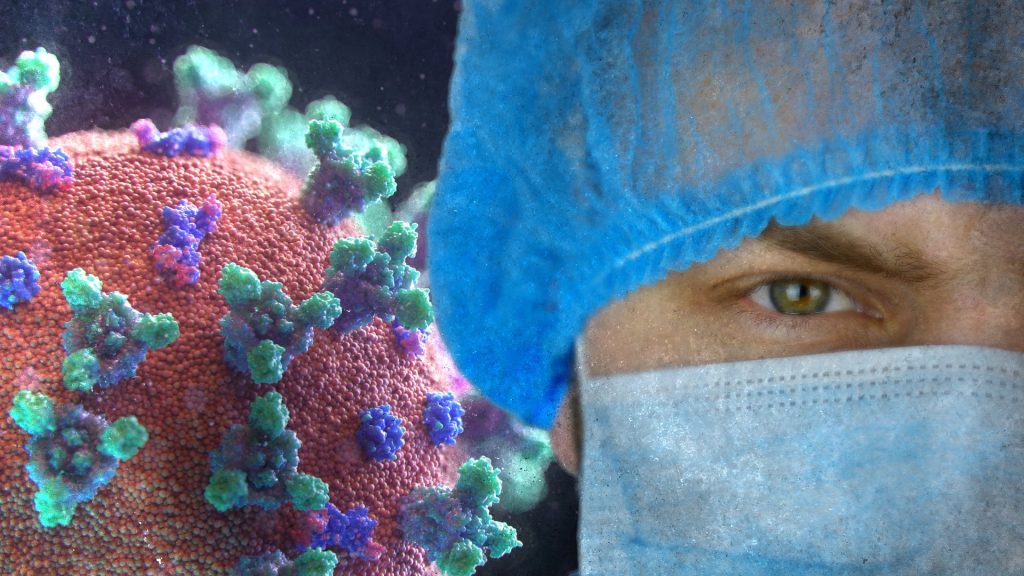
A US study published in JAMA Network Open found that COVID was associated with a 4% increase in use of health care services across that country over the six months after initial infection.
Long COVID is known to affect some COVID patients long after symptoms of the acute infection had subsided. The typical clinical symptoms in long COVID are tiredness, dyspnoea, fatigue, brain fogginess, autonomic dysfunction, headache, persistent loss of smell or taste, cough, depression, low-grade fevers, palpitations, dizziness, muscle pain, and joint pains. This study showed that the greatest increase in encounters for these patients was in virtual visits, followed by emergency department visits.
“This study showed us that, in terms of the number of follow-up visits, a substantial amount of health care utilisation occurs in the six months following the acute stage of SARS-CoV-2 infection, which highlights the potential for COVID to exert an ongoing demand on health care organisations,” said epidemiologist Sara Y. Tartof, PhD, one of the study’s lead authors. “A 4% increase in encounters applied across a large population is a large number of visits associated with substantial cost. The absolute number is big. In this case, it was over 27 000 extra encounters among the eight health care organisations included in this study.”
Dr Tartof added: “On a broader scale, this study will help health care organisations develop their long-term strategic plans to meet patients’ needs following COVID infection.”
This study included patients of all ages from eight large integrated health care organizations across the US who completed a COVID diagnostic test between March 1 and November 1, 2020. Patients were matched on age, sex, race, ethnicity, site, and date of COVID test, and were followed for 6 months. The final matched study group consisted of 127 859 patients who tested positive for COVID-19 with an equal number testing negative.
- Overall coronavirus infection was associated with a 4% increase in health care use over six months, predominantly for virtual encounters, followed by emergency department visits.
- COVID-associated health care encounters for 18 conditions remained elevated 6 months from the acute stage of illness, with the largest increase in COVID-related utilisation including:
- lingering COVID
- alopecia, also known as hair loss
- bronchitis
- pulmonary embolism or deep vein thrombosis
- difficulty breathing
- In total, extra health care use associated with the effects of COVID infection consisted of 212.9 additional encounters per 1000 patients with COVID.
- The study is one of the largest and most comprehensive studies of post-COVID utilisation among children under age 17.
- COVID-positive children experienced increased health care use over six months for pulmonary embolism or deep vein thrombosis; irregular heartbeat; difficulty breathing; and ear, nose, and throat disorders.
“With complete data from all care settings across large integrated health care organisations, this study represents one of the largest and most comprehensive studies of post-COVID conditions to date,” said epidemiologist Debbie Malden, DPhil, another lead author.
Source: Kaiser Permanente

